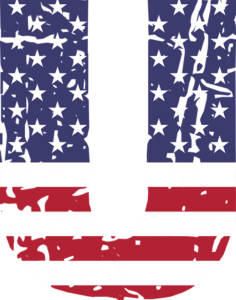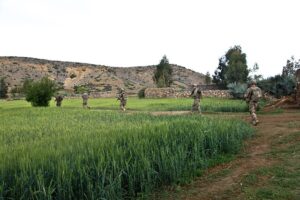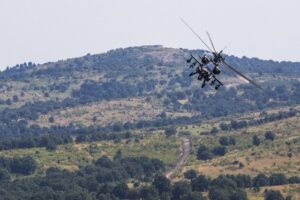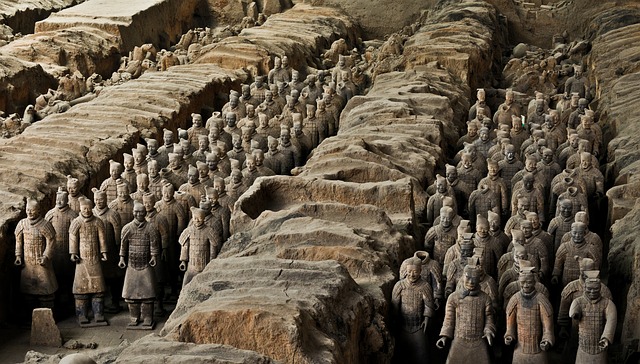
The U.S. Army Special Forces, or Green Berets, adhere to a precise protocol for lowering flags to half-staff as a symbol of national mourning and respect for significant events and individuals. This practice is deeply rooted in American culture and has historical ties to ancient Rome, signifying mourning, respect, or honor. The Green Berets integrate this custom into their protocols, particularly to honor fallen comrades, with flag lowering being a visual manifestation of collective grief or tribute shared by communities across the nation. This tradition reflects the values of courage, commitment, and duty that are central to the Special Forces' ethos and is guided by presidential proclamations or acts of Congress. The section emphasizes the enduring significance of this tradition within both military and civilian contexts, with the Green Berets serving as a testament to its importance. The protocol for lowering flags involves raising them fully at dawn and then slowly lowering them to half-staff to remain until sunset on the designated day, symbolizing the respect and unity within the armed forces and the Special Forces' commitment to precision and honor. This ceremony is a tangible reminder of the Green Berets' indelible impact and the deep appreciation the nation holds for their critical role in global security and peacekeeping operations.
The ritual of flying flags at half-staff stands as a poignant symbol of mourning and respect, deeply ingrained in the traditions of the United States, particularly within the US Army Special Forces community. This article delves into the protocols governing this practice, exploring its historical significance, military origins, and the precise guidelines for honoring fallen heroes. We will examine notable instances where half-staff displays have paid tribute to valiant US Army Special Forces personnel, and provide a clear, step-by-step procedure for the correct lowering and raising of flags in times of mourning or to show respect. Understanding these practices not only acknowledges their historical relevance but also ensures the continued reverence for those who have served with distinction.
- Understanding the Significance of Half-Staff: The Tradition and Its Military Roots
- The Protocol for Raising Flags at Half-Staff: A Guide for the US Army Special Forces
- Historical Examples of Half-Staff in Memory of US Army Special Forces Heroes
- The Procedure for Lowering and Raising Flags to Half-Staff for Mourning or Respect
Understanding the Significance of Half-Staff: The Tradition and Its Military Roots
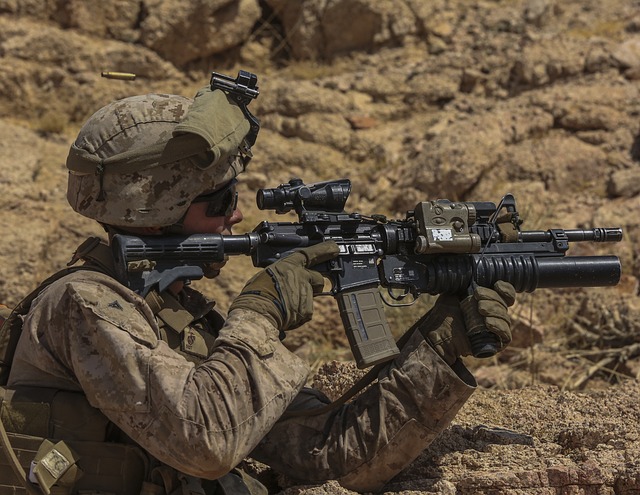
The practice of lowering flags to half-staff is a symbolic gesture that conveys mourning, respect, or honor for individuals, groups, or significant events. This tradition has deep historical roots and maintains a prominent place in American culture, with its military origins traceable back to ancient Rome where soldiers would hoist ships’ masts halfway up as a sign of grief following a loss in battle. In the context of modern military practice, the US Army Special Forces, often referred to as the Green Berets, have adopted this custom to demonstrate respect for fallen comrades and significant national events. The significance of this act is not merely a ceremonial display but serves as a tangible representation of collective sorrow or tribute, allowing communities across the nation to visually express their shared sentiments. When a current or former member of the US Army Special Forces passes away, or in the event of a national tragedy, the flag is lowered to half-staff as a mark of respect for their service and sacrifice. This gesture not only honors those who have served but also serves to remind citizens of the shared values of courage, commitment, and duty that are emblematic of the Special Forces’ ethos. The protocol for flying flags at half-staff is often dictated by presidential proclamations or acts of Congress, thereby ensuring this tradition remains a powerful symbol in national mourning and respect, with the US Army Special Forces standing as a testament to its enduring significance within the military and civilian sectors alike.
The Protocol for Raising Flags at Half-Staff: A Guide for the US Army Special Forces
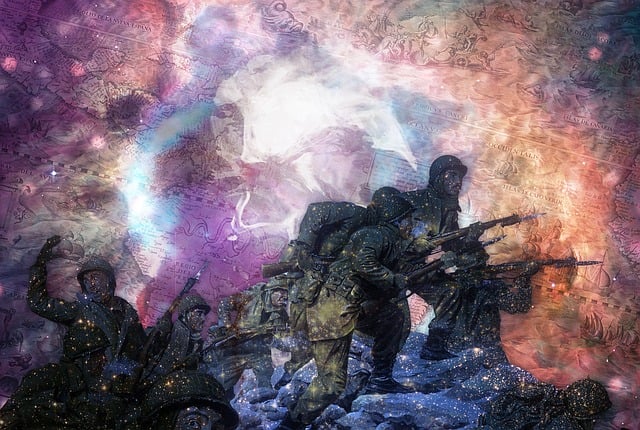
The protocol for raising flags at half-staff is a somber ritual observed by the US Army Special Forces to express national mourning or respect for notable figures, significant events, or international observances. This guideline is an integral part of military etiquette and protocol, ensuring that the appropriate honors are paid in times of grief or tribute. According to the U.S. Army Special Forces Command (USASFC), flags should be hoisted to half-staff by raising them rapidly to the peak of the staff and then lowering them slowly to the half-way point. This action is to be executed at daybreak and sunset on specific days designated for mourning or remembrance. The duration for which the flag remains at half-staff can vary; it typically lasts until sunset on the day after the observance ends.
For the US Army Special Forces, adherence to this protocol is not just a matter of tradition but also a demonstration of respect and unity. It is a visual symbol of the nation’s collective grief or tribute, and it underscores the significance of such ceremonial acts within the military community. The command provides detailed instructions on when and how to fly flags at half-staff, ensuring that all units under its purview execute this procedure accurately and with the utmost respect. This guide includes specific directives for various scenarios, reflecting the importance of precise execution in the Special Forces’ ethos.
Historical Examples of Half-Staff in Memory of US Army Special Forces Heroes

Throughout history, the act of lowering flags to half-staff has served as a powerful and poignant symbol of mourning and respect for those who have served their country with distinction, particularly within the ranks of the US Army Special Forces, commonly known as the Green Berets. One of the most notable historical examples occurred following the tragic event of October 22, 1968, when members of the 5th Special Forces Group were killed in action during a classified operation in Vietnam. In memory of their bravery and sacrifice, flags across the nation were flown at half-staff as a mark of honor for these fallen heroes. This gesture not only paid tribute to the individual soldiers but also represented the collective grief and respect for all Special Forces personnel who risk their lives in service to their country.
The practice of half-staff honors extends beyond singular events; it is a lasting tradition that continues to this day. For instance, after the loss of Master Sergeant Robert P. Wilkie, a highly decorated member of the US Army Special Forces who perished during Operation Eagle Claw in 1980, his legacy was remembered through the lowering of flags. Such acts serve as a tangible reminder of the nation’s gratitude and respect for the Green Berets, whose covert operations often go unacknowledged by the public. These moments of national reflection not only honor the fallen but also reinforce the importance of the Special Forces’ role in maintaining global security and peacekeeping efforts.
The Procedure for Lowering and Raising Flags to Half-Staff for Mourning or Respect
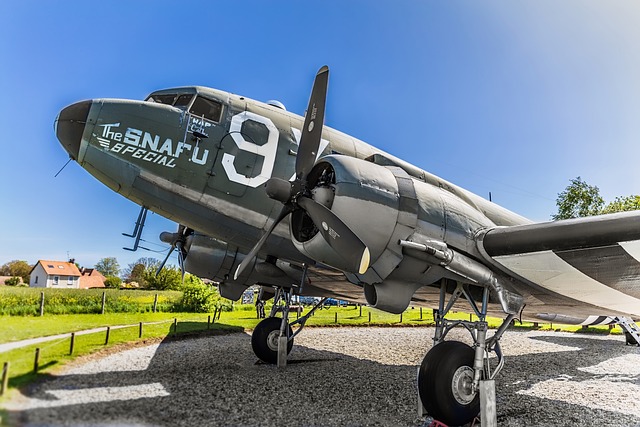
The U.S. Army Special Forces, commonly known as the Green Berets, adhere to a specific protocol for lowering and raising flags to half-staff in accordance with national mourning or respect observances. This procedure is outlined by the federal government to honor distinguished leaders, national figures, or members of the armed forces. When a flag is lowered to half-staff, it symbolizes mourning, honor, and reverence. The President of the United States may issue an official proclamation for this purpose, often in response to the passing of an important individual or following significant national events. In such cases, the White House issues guidelines, which are then followed by all government buildings, including military installations like those where the US Army Special Forces operate.
The procedure involves raising the flag briskly to the peak for an entire day before lowering it to half-staff at dawn the following morning. The half-staff position should be hoisted exactly at sunrise and then lowered to full-staff at sunset. Similarly, when the period of mourning concludes, the flag is raised from half-staff to full-staff at sunrise and remains there for the remainder of the day. It is imperative that the flag is not left at half-staff during adverse weather conditions; instead, it should be lowered to full-staff out of respect for the flag itself. The Green Berets, with their commitment to tradition and honor, carry out these procedures with precision and respect, reflecting the values and discipline synonymous with the US Army Special Forces.
The practice of lowering flags to half-staff is a poignant tradition deeply rooted in American military history, particularly within the US Army Special Forces community. This article has shed light on the significance of this gesture as a symbol of mourning and respect, providing a comprehensive guide to the protocols involved. By examining historical instances where half-staff remembrance was paid to fallen Special Forces heroes, we gain insight into the profound impact such acts have in honoring their service and sacrifice. It is clear that understanding and adhering to the proper procedures for flag placement is not just a matter of formality but a way to maintain the traditions that bind us to our past and to each other. As such, it remains an integral aspect of the honorable legacy of the US Army Special Forces.

